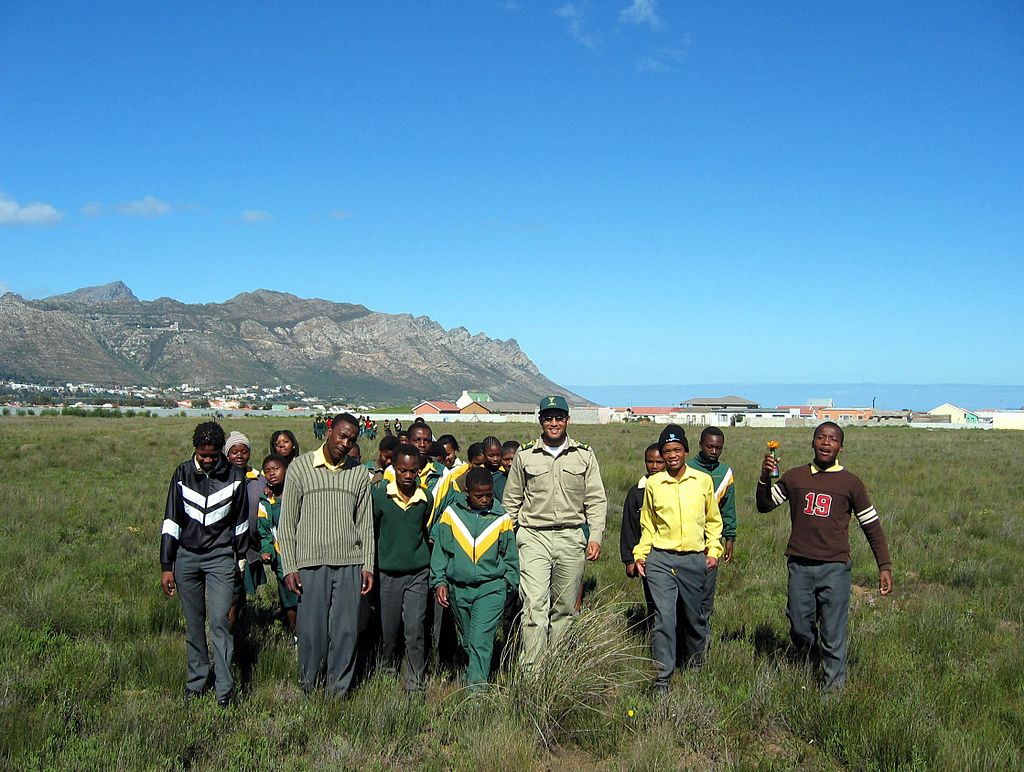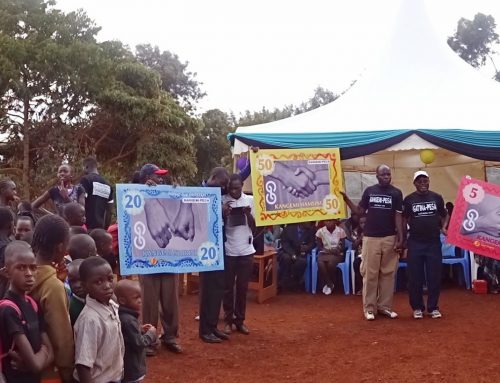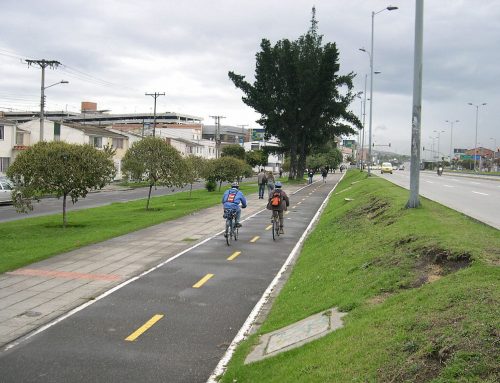How can people care for biodiversity amidst urban poverty and inequity, when the social, ecological and institutional worlds are fragmented?
The Cape Flats Nature project was a project that aimed to reconnect people and nature in South Africa, to slow biodiversity loss and enhance the availability of urban biodiversity.
Cape Flats is a plain on the edge of Cape Town that has rapidly urbanized, in which both ecosystem, society, and institutions are fragmented. Apartheid era South Africa forcibly relocated non-white people, and then after democracy in 1994, the population of the region has rapidly grown due to migration from other areas of South Africa. This has resulted in sprawling areas of planned and informal settlement. Historically, South African nature conservation focused on protecting nature from people. Cape Flats Nature sees people as part of “living landscapes,” and have aimed to connect people to one another, institutions, and their landscapes.
Cape Flats Nature project worked with local community partners to help catalyze sustainable development plans and find support for them. It focussed on learning, and partnership. The project trained environmental educators, conducted numerous projects such as the creation and management of hiking trails and ecological restoration. However, the project focussed on building relationships and shared understanding rather than building infrastructure. Such an approach is delicate and time consuming, but is essential to building trust and shared understanding among people.
The project was formed from a partnership of National biodiversity organizations, international NGOS, the city of Cape Town, as well as a number of local organizations. This diversity of organizations was essential to its success, but also made it vulnerable because it had no secure funding. Despite winning a number of awards and being recognised for conservation best practices, the project abruptly ended in 2010. Its legacy lives on among nature conservators who were part of the Cape Flats Nature team and who continue to make use of lessons learned and collaborative approaches. They have spread their practices among their colleagues.



